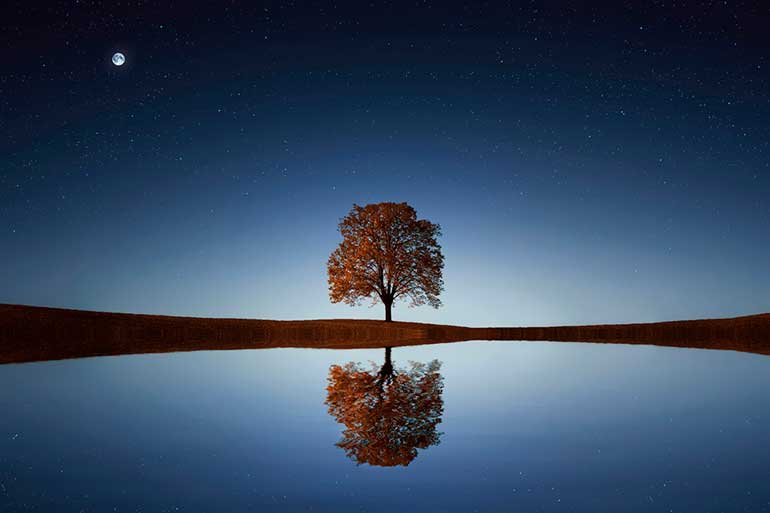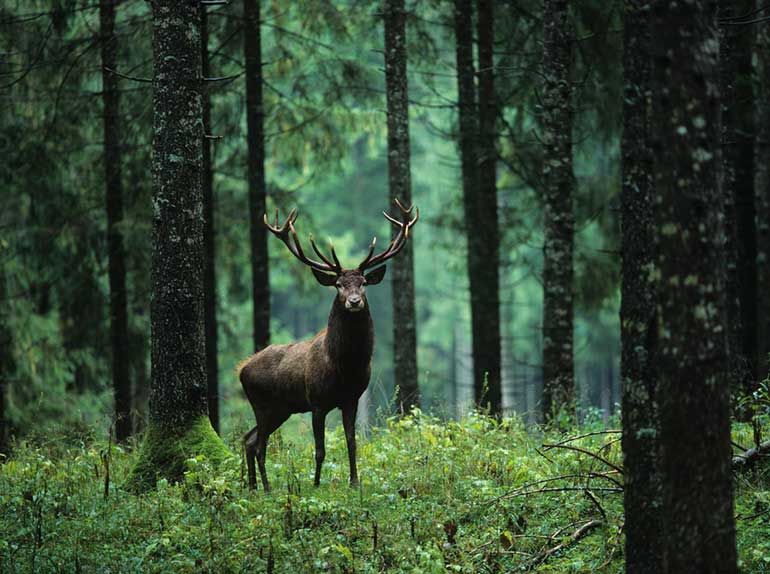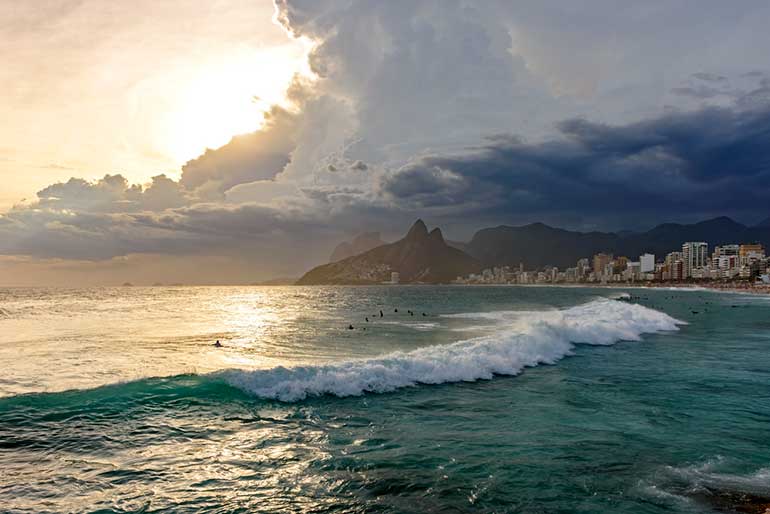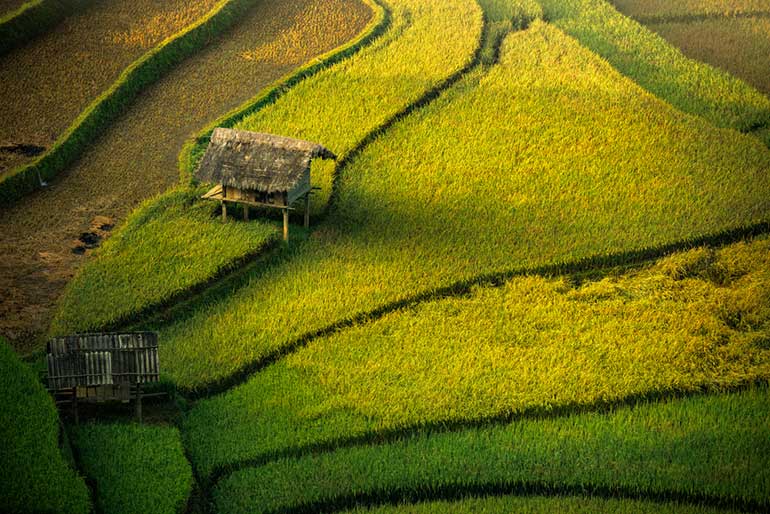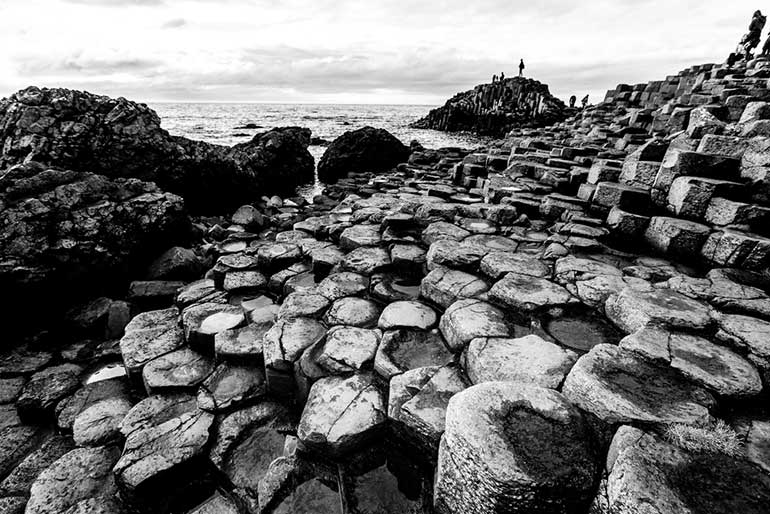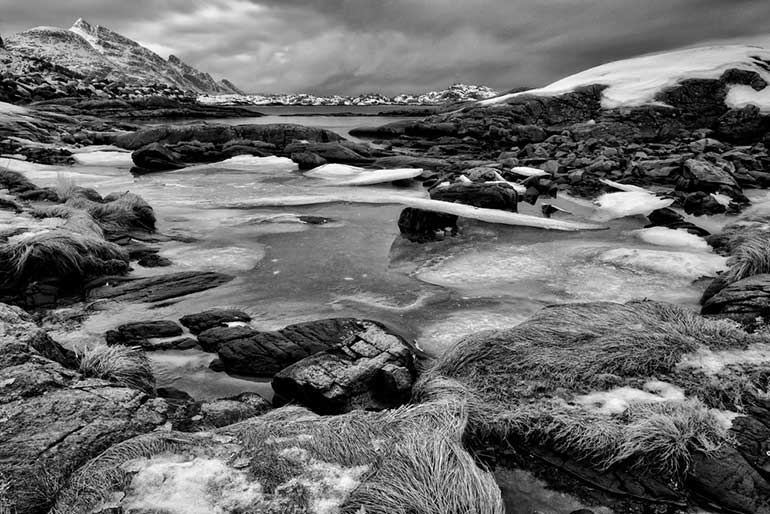10 Unconventional Tips for Mastering Landscape Photography
You can easily access tips on any genre of photography out there. When it comes to nature though, there are no rules. In light of this is a selection of expert tips but with an unconventional twist to embrace the calls of the wild.
Tip #1: Get your exploring boots on (and come prepared)
You’re out on a quest to document the wonders of nature and wilderness, equip yourself before you head out the door – you’re going to be doing some major exploring. Although this is the time to be spontaneous and explore, do learn about your location before you get there. Be attentive, stay curious but don’t venture too far out! If you do enough preparation beforehand, your shooting process will be much more efficient.
If you don’t like surprises or wandering around aimlessly, use Google Maps for location scouting. You can also figure out when the sun sets and rises to catch the Golden Hour, but more on that later.
Tip #2: Wide angle lens? Scratch that.
You will read about this in just about any article about landscape photography tips. Don’t comply with rules, make your own. Most landscape photographers will shoot a majority of their photographs using a wide-angle lens but you should take this opportunity and bring a longer lens for capturing details in the distance or maybe even a lens for some close ups.
A wide angle lens can sometimes distort a part of the image. A telephoto lens will help you capture the perspective in a more natural way. Consider all your options and never stick to just a wide angle lens.
Tip #3: Go HDR free
You will get to work your magic in the post processing stage so choose your format wisely. HDR is one option but there are so many other tricks you can implement to make your photographs stand out. HDR doesn’t really give you the natural coloration or depiction of details. Concentrate your attention on other things that matter and shoot in RAW.
Tip #4: Perfect weather doesn’t exist so deal with it like a pro
You need to come prepared for every outcome. Trust mother nature and let her work her wonders. Your job is to capture the uniqueness of the day of your photoshoot which might just include bad weather. Some landscape photographers meticulously calculate when the best time of the day to go shooting will be so they can take pictures while the sun illuminates their subjects in glorious sunlight. Being a perfectionist to this level won’t produce unique works.
Is it stormy? Perfect. You’ve agreed to the first tip hence you’ve come prepared for anything and ready to explore. Stormy weather provides eye-catching and dramatic photographs which make for excellent landscape shots. Oh, but do be careful and don’t put yourself (or your equipment) at risk.
Tip #5: Find an unusual viewpoint
If you’re going to an accessible location, you’re not bringing back anything original. It is worth taking your time (and your exploring boots) to find a viewpoint no one else has spotted. Finding the viewpoint that is going to be unique is really about exploring your surroundings and thinking about a fresh take on familiar surroundings.
Tip #6: Composition rules should be broken
The most common rule that landscape photographers turn to is the rule of thirds. The rule of thirds states that you should shoot with an invisible 3×3 grid and have your focal points touch where the lines intersect. In reality, do familiarize yourself with the basic composition rules but stretch your mind and show us something different instead.
Most photographers also compose their photographs in landscape mode but you shouldn’t rule out portrait. It’s unusual, we don’t see these pictures often and you’ll likely surprise your audience. Imagine you photograph all your images horizontally using the rule of thirds and the like, you’ll come back with a boring collection of lookalike images. Nature has no rules, and neither should you on your pursuit to capture it.
Tip #7: Drain the world of color
More often than not, photographers don’t tend to think in black and white when the subject of their photo shoot is nature. However, stormy days and large cloud formations against a light blue sky make for great monochromatic shots. Don’t rule out shooting in black and white, you might be surprised at the final results.
The only danger with shooting in black and white is that you limit yourself in the later editing stage because you can’t get those colors back. If you’ve got a great shot that’s black and white, take one in color just in case.
Tip #8: Unclutter your shots with an editing eye
Perhaps the most common mistake in landscape photography is wanting to capture it all; the complete shot, the larger than life scenery and all the colors that are so enticing. Don’t be tempted by this trap. A successful landscape photograph isn’t just about what you include but also what you choose to leave out.
You might want to capture absolutely everything but then you risk missing the fine details that can take your photographs to the next level. There are rules to help you here. Decide what the most prominent part of your photograph is; this will be your focal point. Include other elements into the shot and see if they go with your composition. Continue and experiment but do avoid clutter and the mistake of trying to capture everything in one photograph.
Tip #9: Add some foreground interest
We don’t really pay as much attention to the foreground when it comes to landscape photography because a common opinion is that capturing a panorama shot is more important. If you’re after unusual compositions, pay attention to things in the foreground that can be of interest. Playing around with depth of field and foreground interest will give you a more diverse pool of pictures to choose from later on.
Tip #10: Catch the golden hour at least once
The golden hour is generally the hour after sunrise and an hour before the sunset. It’s a magical frame of time during which the light is soft and ideal for landscape photography. It creates beautiful shadows and a lovely hue that you can’t catch during any other hours of the day. Plan your photoshoot so that you catch it some time and you’ll be amazed at the difference it makes to the quality and variety of your photographs.
At the essence of all these tips is the need to think a little differently and approach landscape photography in a more playful way. The question of how to take good pictures outdoors can only be answered when you’ve had practice. For now, go out and explore.
If you’d like to share your personal tips on landscape photography, leave your comments in the comments section below. We’d love to hear from you!
